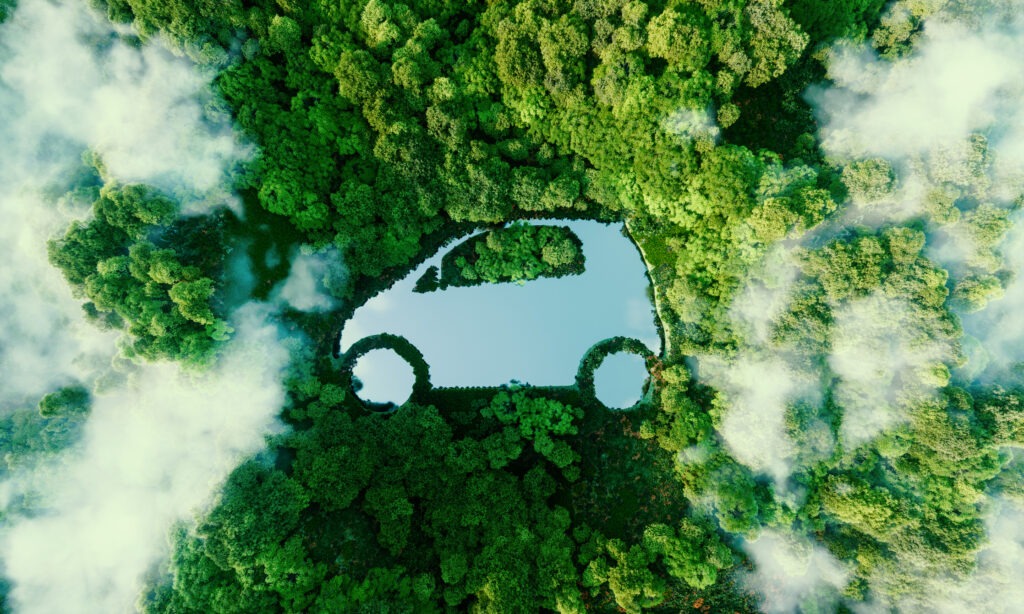More collaboration needed in the automotive industry
September 25, 2022

Much greater international cooperation is needed to put the world on track to meet its climate commitments. This despite noted improvements in the automotive sector, including a doubling of global electric vehicle (EV) sales in 2021, to a new record high of 6.6 million units.
The International Energy Agency (IEA) has described a global “collaboration gap” that threatens to undermine climate progress and delay net zero by decades. In his report, an important part of the conclusions directly concerns the automobile industry.
The Breakthrough Program’s first annual report served as a progress report on the actions needed to deliver on the clean technology commitment made by governments representing two-thirds of the global economy at the COP26 Summit. last year.
Of the 25 recommendations highlighted in the report, action points specific to the automotive industry include:
• The road transport sector accounts for approximately six gigatonnes of annual global CO2 or 10% of total emissions. This has increased by 13% since 2010. These must fall by almost a third by 2030.
• In 2021, zero-emission vehicles (ZEVs) accounted for around 9% of global car sales. The IEA report says this is expected to reach 60% by 2030.
• Public charging infrastructure must be multiplied by 10 by 2030.
• If major markets align their policies towards 100% ZEV sales by 2035, cost parity between ZEVs and internal combustion engine (ICE) vehicles could be achieved several years earlier.
• Standards to boost battery recyclability and supercharge the search for alternative battery chemistries to reduce dependence on precious metals, such as cobalt and lithium.
“We are in the midst of the first truly global energy crisis, with devastating repercussions for the entire global economy, particularly in developing countries. Only by accelerating the transition to clean and sustainable energy can we achieve sustainable energy security,” said IEA Executive Director Fatih Birol.
“Through international collaboration, we can make the transition faster, cheaper and easier for everyone – through faster innovation, greater economies of scale, greater incentives to invest, fair conditions of competition and benefits shared by all components of society. Without this collaboration, the transition to net zero emissions will be much more difficult and could be delayed for decades,” he said.
Charging, recycling and infrastructure
The auto industry needs to agree on a common definition and target dates by which all new on-road vehicles will be net zero. The IEA is targeting 2035 for cars and vans and 2040s for trucks, the report suggests.
Charging and recycling electric vehicle batteries are two areas that many countries and manufacturers are developing, and these technologies are seen by the IEA as key to increasing the number of zero-emission vehicles on the road.
On the recycling front, companies such as RWE in Germany and Veolia have developed facilities to reuse used EV batteries. Major manufacturers such as Volvo and Ford have also forged ties with companies such as Redwood Materials, an American startup founded by former Tesla technical director JB Straubel, which launched an electric vehicle battery recycling program in California.
As part of access to a sustainable supply of batteries for electric vehicles, embryonic technologies such as battery passports, battery swapping and fast charging are being tested, with technology company ABB E-mobility announcing its intention to launch what it calls the world’s fastest all-in-one. an electric car charger.
The available charging infrastructure is one of the main factors driving public adoption of electric vehicles. Companies such as Chargepoint see cross-border collaboration in Europe on this issue as “crucial” to increasing the uptake of electric vehicles.
Earlier this year, findings from the European Automobile Manufacturers Association (ACEA) revealed that the EU needed to install 14,000 public charging stations per week to meet climate targets for electric vehicles by 2030. In March 2022, 2,000 public charging stations were installed every week.
The picture of electric vehicle charging infrastructure is complex. Autovista24 analysis highlighted that despite an increase in overall EV sales in Europe, EV infrastructure is not keeping pace. There is a clear disparity between the countries of Central and Eastern Europe and Western Europe. Romania, for example, is six times larger than the Netherlands in terms of land mass, but only has 0.4% of Europe’s charging network.
Coupled with the recent IEA report, the EU’s ban on sales of new petrol, diesel and hybrid models by 2035 underscores the fact that a robust charging network needs to be in place across the continent to ensure trust in technology.
Failure to do so could result in drivers turning to the used-car market for petrol and diesel models instead. As a result, the time to secure investments is running out, with an increase in charging station installations needed now to meet expected needs.
Greenhouse gas emissions by sector, 2019

At the request of 45 world leaders, the report focuses specifically on aligning country actions and coordinating investments to scale up deployment and reduce costs in five key sectors, including power, road transport, steel, hydrogen and agriculture.
According to the report, and with COP27 on the horizon, far greater international cooperation is needed to put the world on track to meet its climate commitments.


Comments are closed.